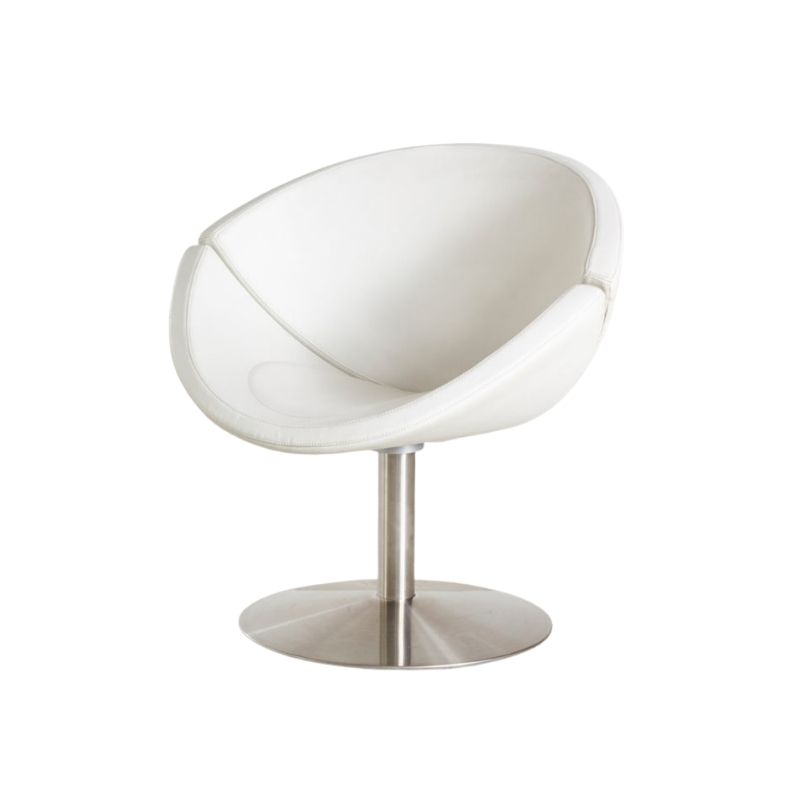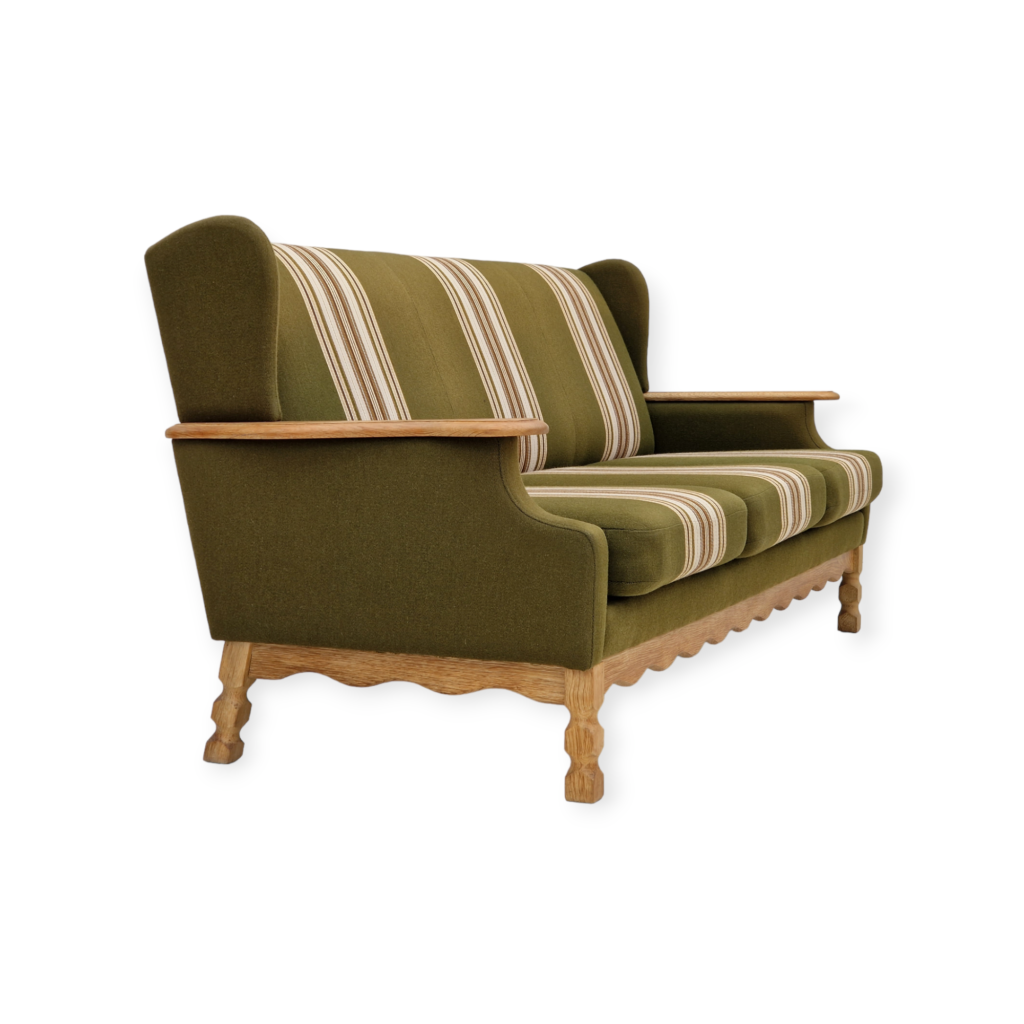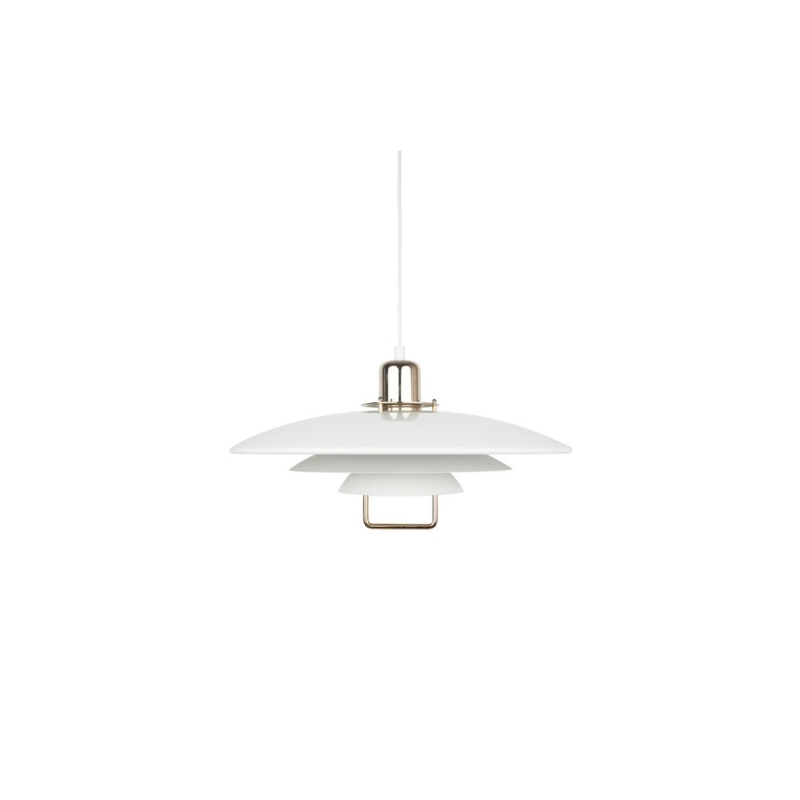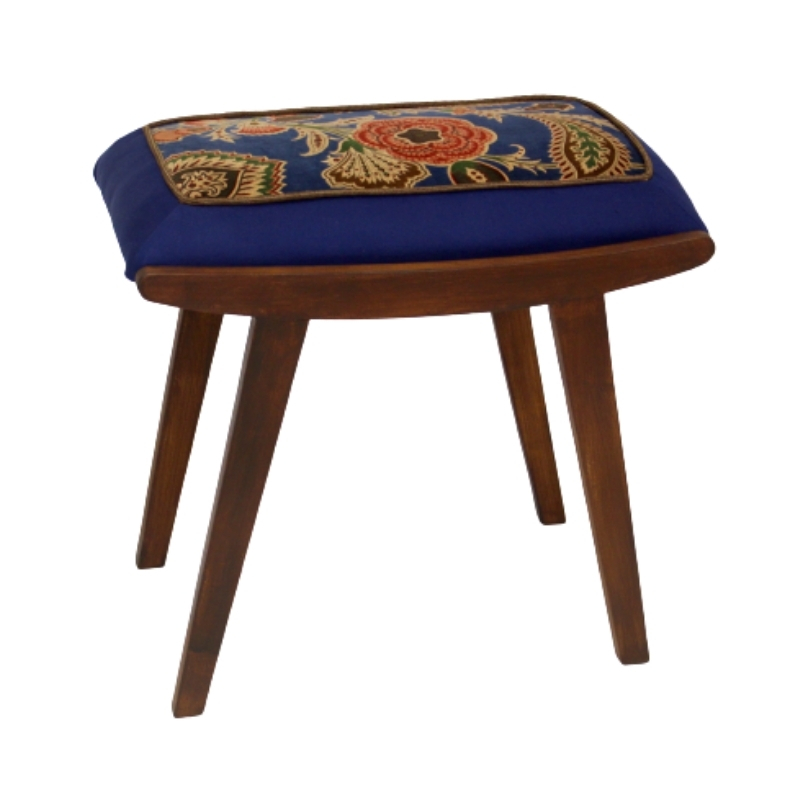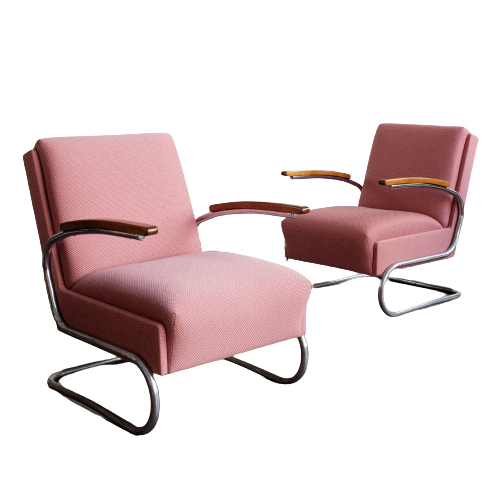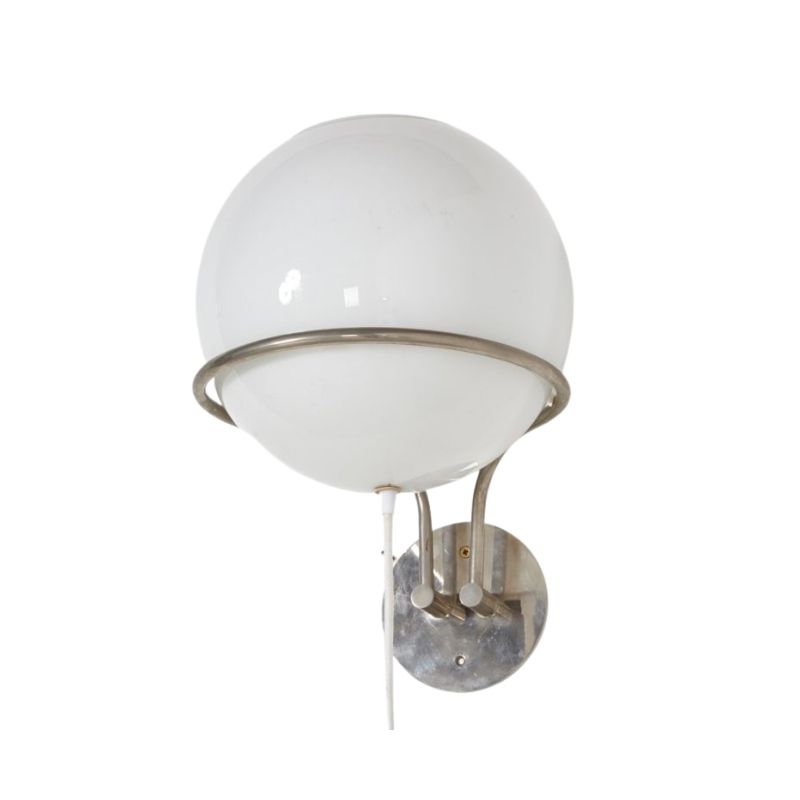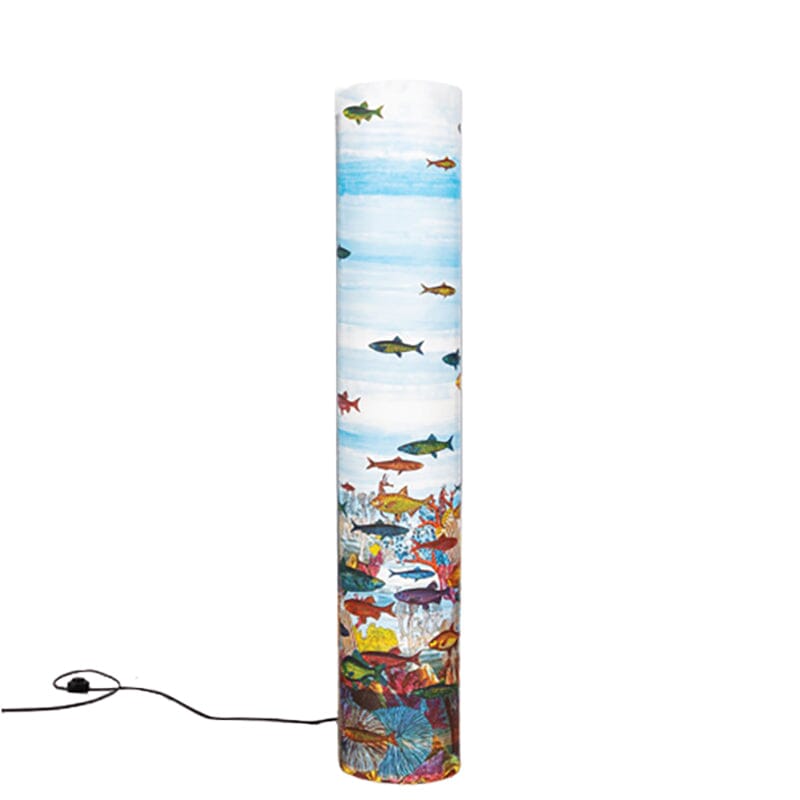I inherited a plank of 200+ year old Cypress. It was rescued from under an Antebellum home in the deep South. It was given to me by my late great uncle who was a carpenter. When he gave it to me it was covered in mud from where it had been half submerged for at least a century. Most likely it was used as flooring or as a joist of some sort. He also left me a huge burled Cypress knee that may be used in the project.
At any rate I'd like to make it into something really nice and I?m looking for ideas. It has great color and the water marks and old world hand planning marks give it lots of character. Short of carting it off to Lancaster, PA to be made into a rocking chair I'd like to make it into something Mid Century-ish. The dimensions are approximately 2'X 12'X 3".
Looking for ideas, suggestions, plans, or references.
Thanks!!
KISS
I wouldn't be too concerned about preserving plane marks etc, perhaps sit on it for 6 months before making a decision? If it was mine I'd consider a framed folding screen and a small table or 2, but thats what I need 🙂
What equipment do you have? So many choices. If theres enough maybe an Aalto style screen? Easy enough to make and a sound lovely piece though you'd lose a bit in cutting. Perhaps something like Wegners stool...its conseravtive in its use of timber and the construction can be adapted to other pieces fairly well.
If you sand an area back say 12 x 6 inches, wet it and photograph it with a very even light at a reasonable size (about 500kb) I can 3d model any sketches or ideas you might come up with. Or just find a picture online of something close.
Cypress was
a favorite wood of Frank Lloyd Wright -- for what that's worth.
You won't really know what you have there until you can see the surfaces, cleaned of superficial discoloration. This will remove the hand-work texture, but I'm afraid that's the price of re-using this plank. You need to identify the prettiest parts of the piece, and also any defects. Splits can often be glued (if no material is missing), perhaps after that part of the wood is freed from the plank.
Perhaps some work with a belt sander is a good place to start. If you take it to a place with an abrasive planer (a so-called wide-belt machine), that will reveal the surfaces without removing any more material than necessary -- and will do the least damage to the board. Aggressive planing with the machine named for that purpose can tear loose grain if not carefully done.
If the plank is bent, cupped, or twisted, that will have to be taken into account. The piece will want to be cut into shorter lengths if bent, or ripped into narrower widths if cupping or twisting is evident -- in order to preserve as much of the volume of the wood as possible.
A three-inch plank could be re-sawed into two or three thinner pieces -- though probably not at its full two-foot width. This is done on a heavy-duty band saw built for the purpose. I would let the piece dry for several months indoors, before proceeding. Consult a miller for advice.
Indeedy, SDR stops and thinks...
Indeedy, SDR stops and thinks while I rush in with ideas like a fool. You could just make a slab like bench, you can clean up the surfaces with a router resting on a sort of sled...if you remove the absolute minimum amount of material and live with it like that for a while it can always get re-sawn later.
All good advice...
Thanks folks, I like the input so far! I've been considering projects that I'd use often. I paint and draw a bit, so I've been thinking of perhaps an easel or a drafting table.
I took the plank to a cabinetmaker neighbor who verified that it was rare old growth cypress. He advised me to let it dry, out of the elements for at least a year before working with it. That was about two years ago now so its ready to go whenever.
Heath, As for tools I'm sure I could use whatever is in my neighbor's workshop as long as its after hours or on the weekends. So pretty much the full Monty. That's not saying I have the skills to make them all work though.
SDR, I had considered just making a simple hall tree and making panels out of the plank, but hall trees are so common these days I wanted something different. http://www.allwoodcompany.com/zydecohalltree.php
I've spotted a few projects that seem worthy, even if I have to add other woods. Here are a few.
Cadmium H-frame easel plan: http://www.artisteaselplans.com/arteasel/
Drafting table http://www.modern50.com/furniture/architects-oak-cast-iron-drafting-table/
Leftovers and scraps would be made into something like this: http://www.etsy.com/listing/22872334/florida-gator-shawl-pin-price-reduced
Any suggestions for woods that aesthetically work well with cypress??
The way
to know how this plank can be used is to assess its form and condition. I would like to see a photo made by laying the board horizontally, on a table or horses, and shooting along its length from one end, which will reveal the extent of twist or other warpage. While the plank is thus situated, a carpenter's level placed across the width at each end will quantify the degree of twist, if any.
The eye is the woodworker's finest instrument. Very slight deviations from a straight line are always revealed simply by sighting along a piece of milled lumber.
Condition
The plank definitely has a slight bend at one end. I'll take more pictures soon. If I had to guess I would say that the corner of one end sits about 1/2 to 1 inch high if laying on a totally flat surface. Doesn't seem to be cupped but I'll try to take detailed pictures of that as well.
Sounds pretty good.
The implication of what you say is that, preparing the board for dressing into a uniformly flat board of full size, up to an inch of material would have to be removed from one face -- not a desirable prospect, in part because taking all the material off of one face is likely to cause new warpage. But you don't want to lose that much material, anyway. So, one would remove the "bent" portion of the plank from the part usable at full thickness-- and then convert the bent part into smaller pieces of material, as needed. You would design your project around this subdivision of material.
The sample projects you illustrated all have merit, and any one of them might be a good candidate for this material. I like the drafting table. As for wood compatible with this piece of cypress, douglas fir might make a nice contrast of visual texture while staying within the color range and density of the cypress. On the other hand, a contrast of color and hardness could be had by using walnut or cherry.
It would seem a shame to convert all of this rare and impressive plank into thinner and shorter parts. At least some of its mass should be preserved in large and thick members, it seems to me.
Good news bad news?
Bad news: So it seems my measurements were a bit optimistic. My uncle ripped the plank to its most usable portion before he passed away. So what's left is 8'X 18 ¼'X1 ¼'.
Good news: He thought enough to leave me a usable plank to work with and that's plenty for the drafting table idea. Or if I went Heath and kept it super simple, something like this. http://www.modern50.com/furniture/humphreys-bibliophile-low-console-table/
Bad news: the Cypress knee he left me is gone. It either got swept up in a yard clearing effort (my uncle was a bit of a hoarder), or it was simply used as firewood.
Good news: While looking for the knee I found a stash of wood planks similar to the one I have. They need to be cleaned up for sure but it's a treasure all the same. I seem to be the only one in the family that has any interest in the wood so I may have more than one woodworking project in my future, depending on how the first one works out that is.
I cleaned off a short block similar to what my uncle started with. It was riddled with antique nails that I chiseled and pulled out best I could. My neighbor refuses to touch it with power tools because of the nails. It's an impressive chunk of wood 22 ½'X11'X3 1/8' again, old timber cypress. Is there a market for authentic antique nails?? I'll have plenty by the time I'm done.
If you need any help, please contact us at – info@designaddict.com



